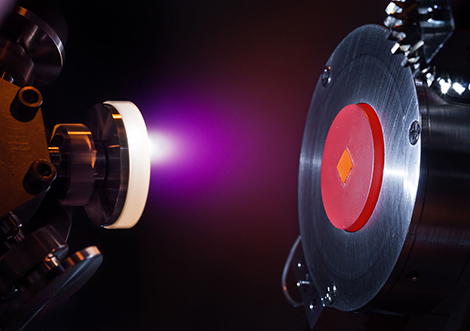
Alchemite, a machine learning algorithm developed by Cambridge-based artificial intelligence (AI) company Intellegens, has been used to design a new alloy specifically for a for a jet engine component.
In a research collaboration between several commercial partners and the Stone Group at the University of Cambridge, the algorithm was used to design a new nickel-based alloy for direct laser deposition, without the need for expensive, speculative experiments – saving the team involved an estimated 15 years of research and in the region of $10m (USD) in R&D expenditure.
Capable of learning from data that is as little as 0.05% complete, Alchemite was able to link and cross reference the data available; verify the physical properties of potential new alloys; and accurately predict how they would function in real-life application scenarios.
Following the application of Alchemite, and the identification of the most suitable alloy option, the research team led by the Stone Group embarked on a round of experiments to confirm the new material’s physical properties: processability, cost, density, phase stability, creep resistance, oxidation, fatigue life, and resistance to thermal stresses.
Results showed that the new alloy was better suited to direct laser deposition and the application in question than other commercial alloys available.
The potential for this technology in the field of direct laser deposition and across the wider materials sector is huge – particularly in fields such as additive manufacturing where new materials are needed to work with completely different production processes.
Gareth Conduit, Intellegens CTO, and a Royal Society University Research Fellow at the University of Cambridge, said: “With deep learning capabilities that can pinpoint property-to-property relationships very quickly, Alchemite was uniquely positioned to assist with this project.
“Using machine learning, Alchemite enabled the team to use a large database of thermal resistance measurements to guide the extrapolation of just ten data entries of alloy processability. From that information we were able to shortlist material combinations that were most likely to deliver the right characteristics.”






